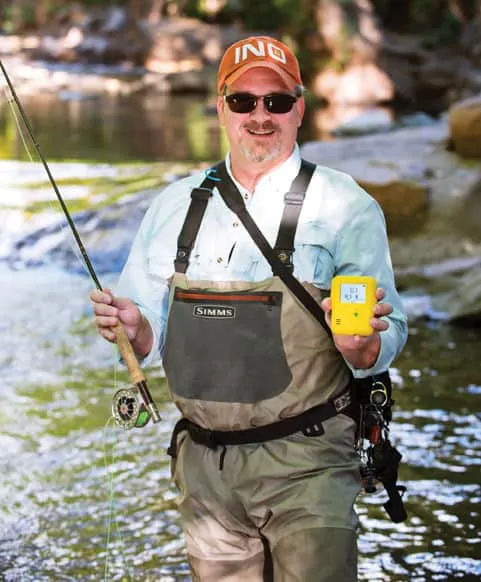On the alert: Louisville startup forecasts saved lives with handheld lightning-detection device

LOUISVILLE — Michael Lands was fly-fishing on the Poudre River earlier this summer when Mother Nature provided him with some real-world validation of the lightning-detection and weather-data device he launched this month.
As he’d hoped, the device that measures various weather-related metrics such as temperature, barometric pressure and heat index, in addition to detecting nearby lighting strikes, alerted him that the skies were about to open up on him and a friend. They quickly got out of the river, scrambled up the side of the canyon to a ledge for cover, and waited out the storm.
“It was pretty…
THIS ARTICLE IS FOR SUBSCRIBERS ONLY
Continue reading for less than $3 per week!
Get a month of award-winning local business news, trends and insights
Access award-winning content today!
